Ways To Treat Cellulitis
Cellulitis is a severe infection that can affect the skin and the underlying soft tissues. It is caused by bacteria and can occur when an injury breaks the surface of the skin, allowing the bacteria to get inside. Patients may notice swelling and streaking around the wound. Other symptoms include nausea, fever, and swelling, including in nearby lymph nodes. Individuals who have liver disease, diabetes, or problems with circulation, may be at an increased risk of developing this painful condition. Since cellulitis can potentially become life-threatening, it is vital to get treatment as soon as possible.
Cool Compress On Affected Area
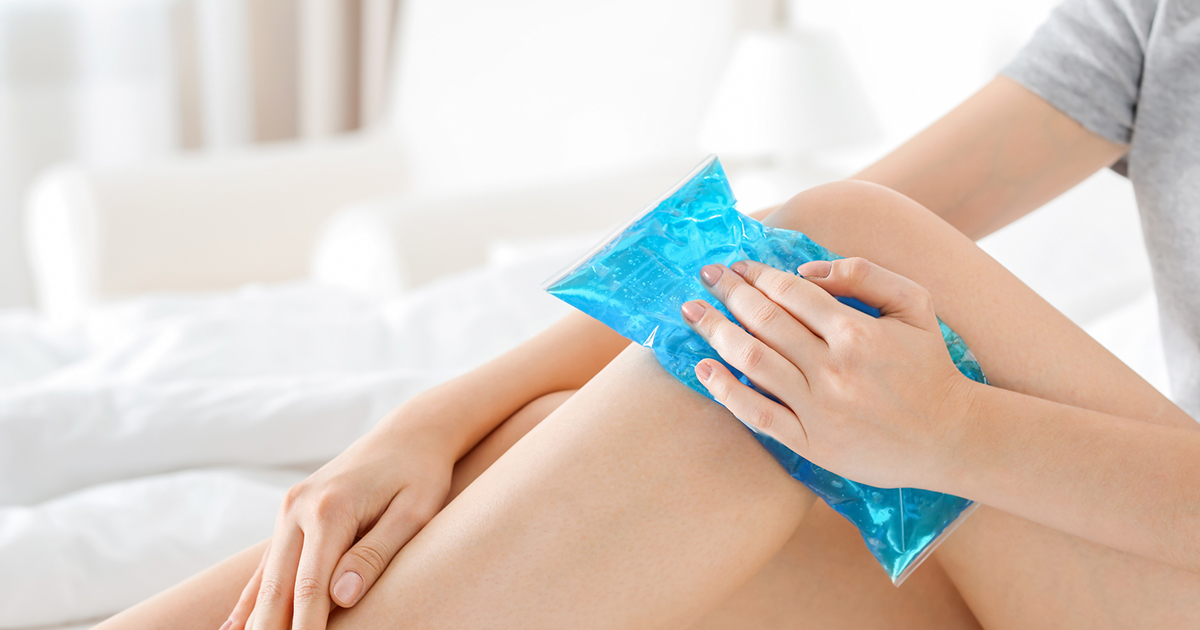
Because there can be some swelling and pain at the infection site, you may want to use a cool compress on the affected area. Cold therapy can help to reduce pain and discomfort in the area. Additionally, a cool compress can reduce painful inflammation. This works because the cold constricts blood vessels, reducing the flow of blood to the affected area. When blood flow is reduced, so is the buildup of fluids that can collect in the area and cause painful inflammation.
You can use a pre-made ice pack or make one yourself by adding ice or small frozen vegetables, such as peas, to a sealable plastic bag. Wrap the compress in a thin cloth before applying to the affected area. You can also use a cool, damp washcloth or one that has been in the freezer to make it colder.
Reveal more cellulitis treatment methods now.
Pain Relief Medication
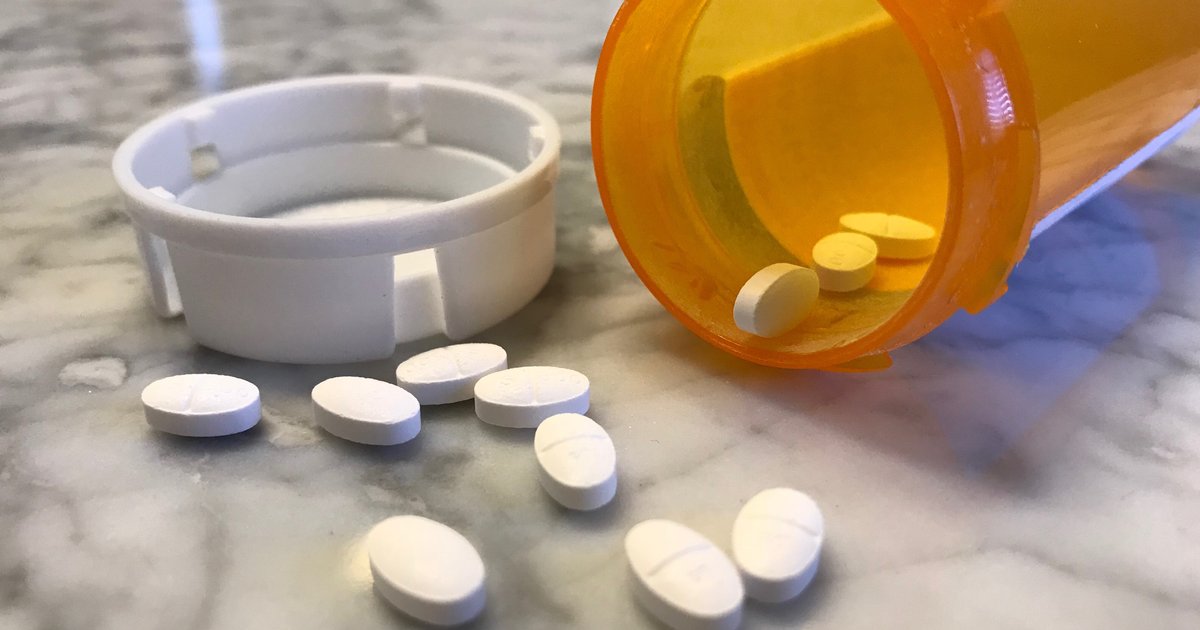
Cellulitis can be an extremely painful condition due in part to the excess fluid that builds up in the affected area. Your physician may recommend you take pain medication if the pain is severe. Depending on your health history, you may be advised to take a nonsteroidal anti-inflammatory pain reliever, as this type of medication can also help reduce a bit of the inflammation that accompanies cellulitis. If you cannot take nonsteroidal anti-inflammatories, you may be advised to take acetaminophen as your pain relief medication instead.
Keep reading to get familiar with more effective options for treating cellulitis now.
Elevate Affected Area
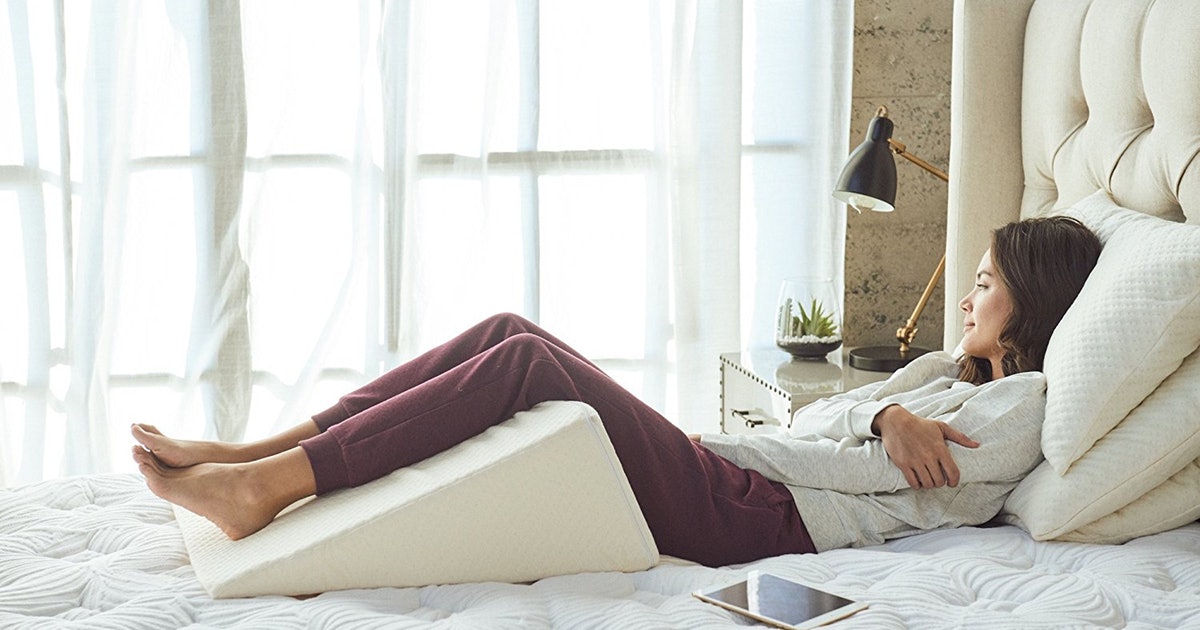
In cases where inflammation is present, patients are often told to ensure they elevate the affected area. There are two major reasons why this is beneficial to reduce swelling and inflammation that may occur with cellulitis. Elevating the injured area above your heart slows down the amount of blood flow to the area, reducing the amount of fluid that can build up. It also helps to allow any fluid that has already collected to drain away from the injured site.
When you use elevation as a course of treatment for cellulitis, try to keep the affected area raised higher than your heart for the best results. If there is some reason you are not able to raise the area above the heart, at least try to be on the same level or close to it.
Read more about treating cellulitis now.
Oral Antibiotics
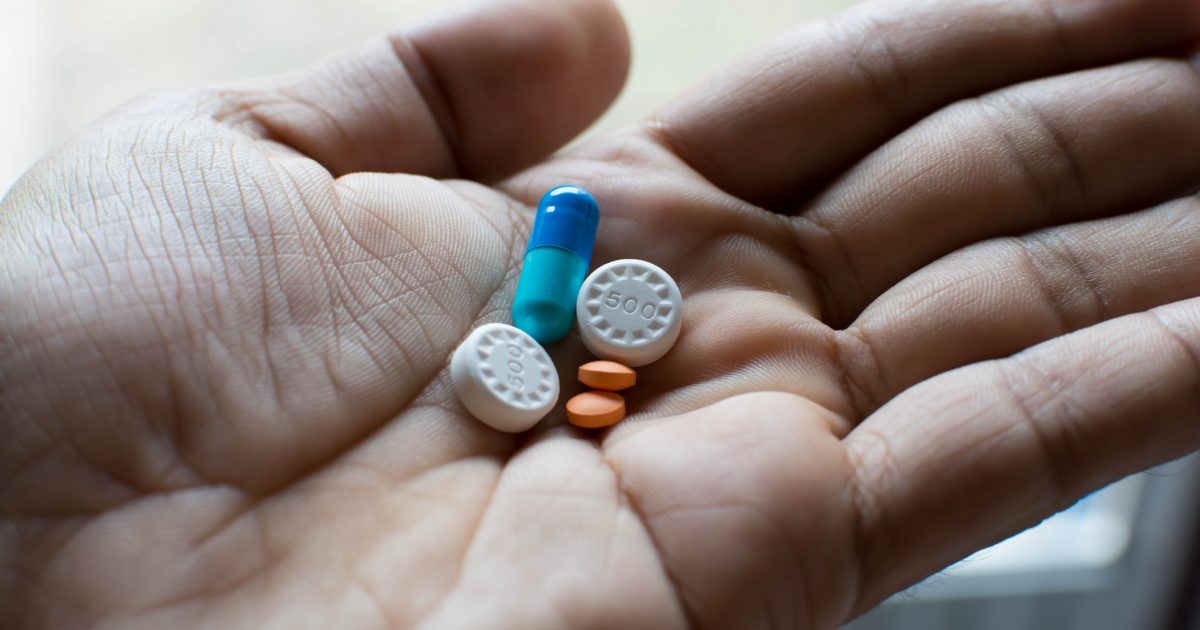
Oral antibiotics are typically the first course of treatment when it comes to cellulitis. Without antibiotics, the infection can spread into the lymph nodes and then the bloodstream, which can be life-threatening. When you begin taking antibiotics, you should notice a definite improvement in your symptoms within three days. If you do not, notify your physician immediately.
If oral antibiotics are not sufficient to treat the infection, your physician may give you an intramuscular injection of antibiotics. In very serious cases, you may have to be hospitalized to receive intravenous antibiotics to clear up an infection.
Discover additional treatment strategies for cellulitis now.
Compression Socks
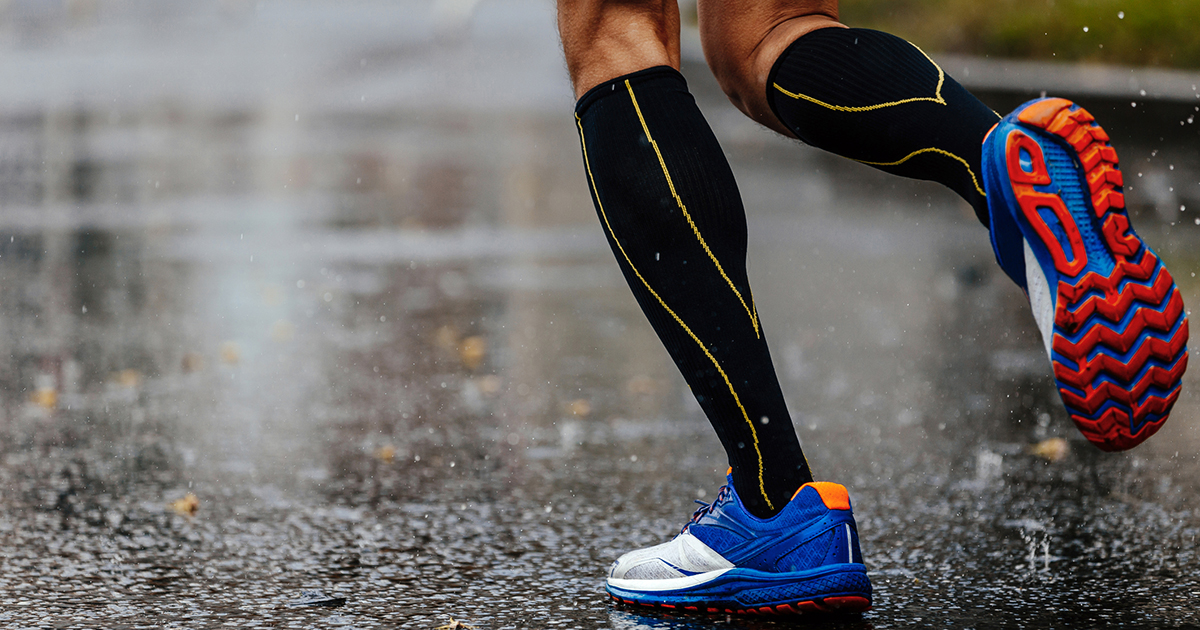
If cellulitis occurs on a foot or a leg, your physician may recommend wearing compression socks. These socks are specially designed to keep fluids from pooling in your lower extremities. Compression socks can keep your circulation moving in your feet and up your legs through pressure. Every time you move, whether you are walking or just flexing your feet, the socks work sort of like a massage on your feet and legs to keep your blood flowing to your lower extremities. This pressure is not only good for keeping blood flowing, but to reduce inflammation as well. This is because the pressure acts sort of like a massage to keep excess fluids moving away from the affected area.